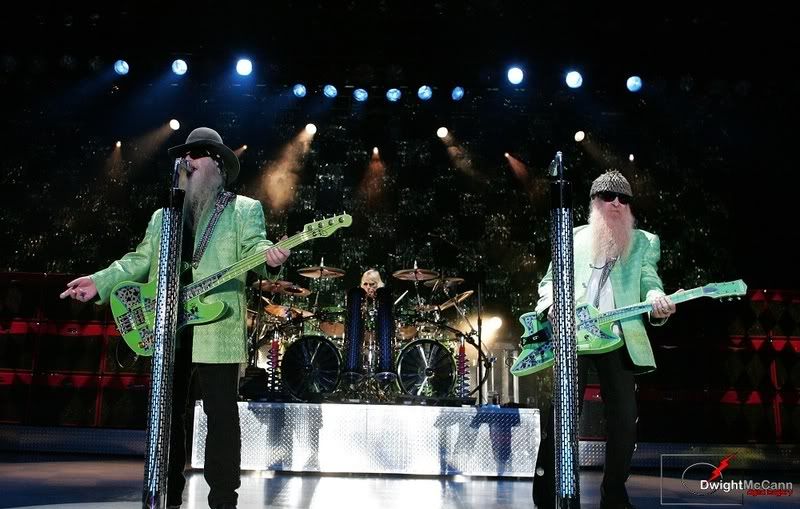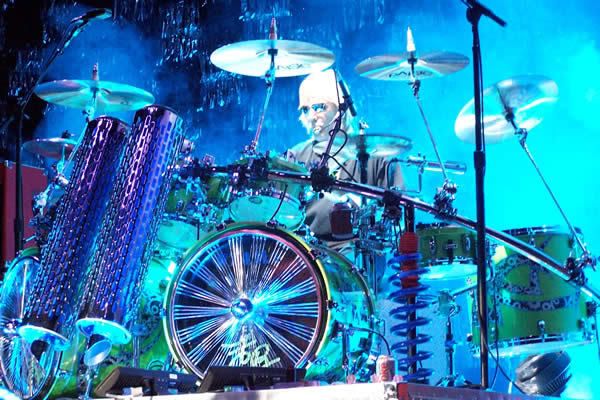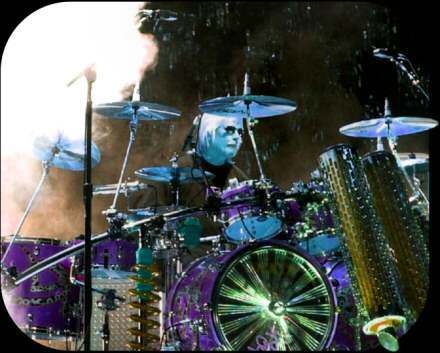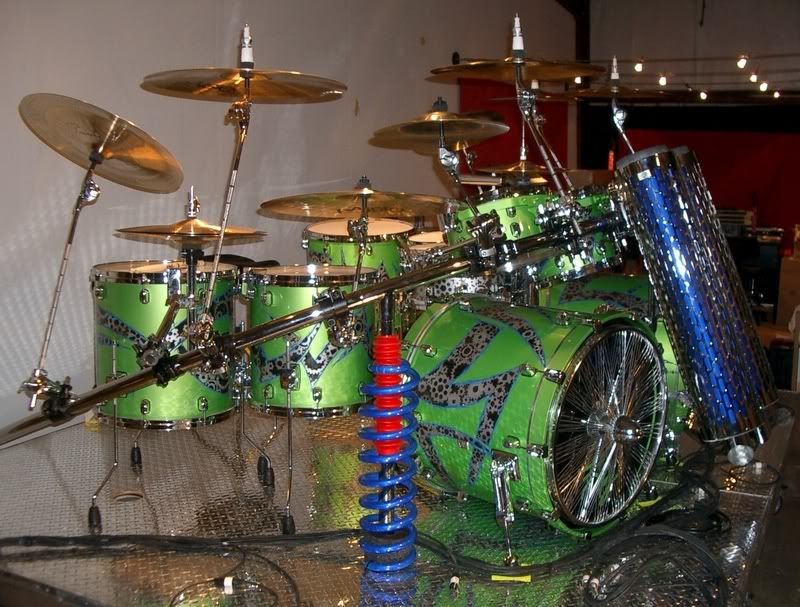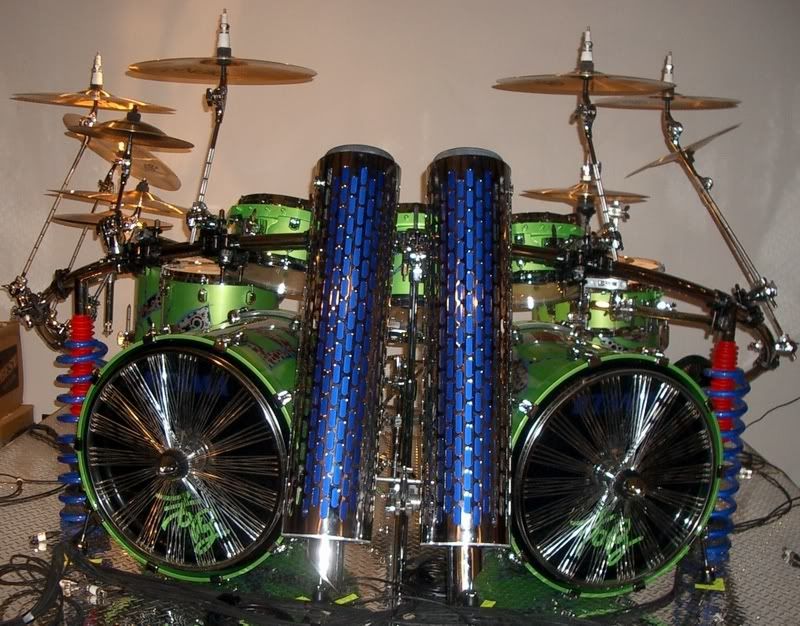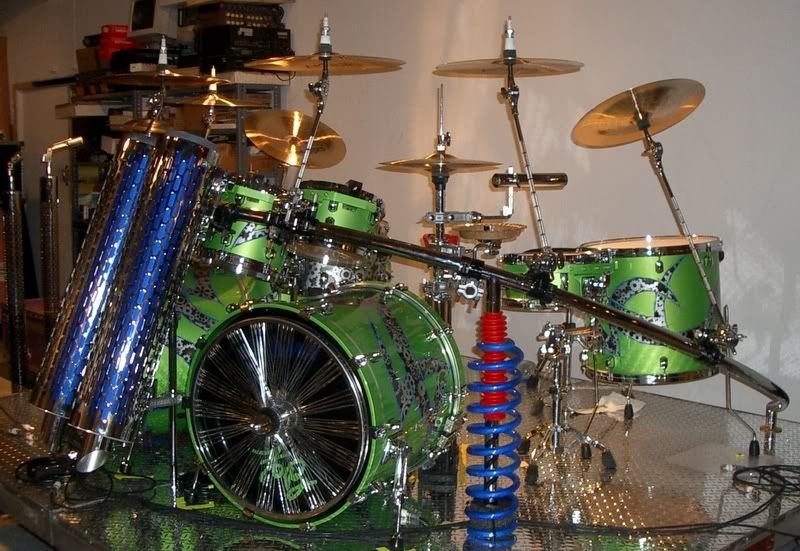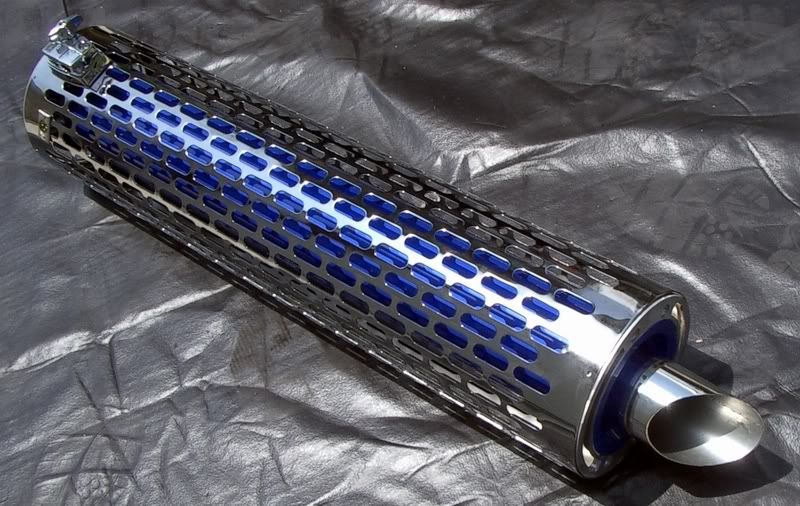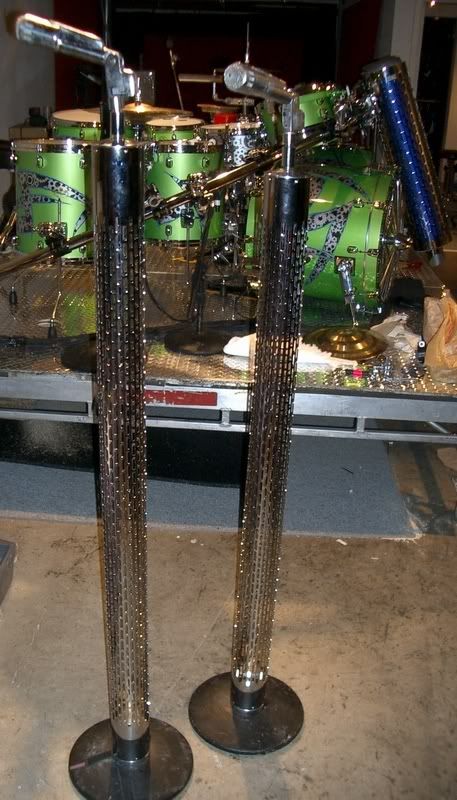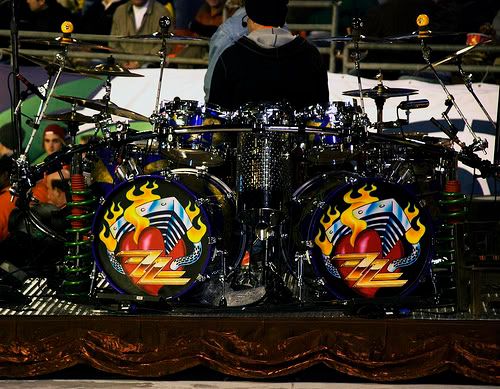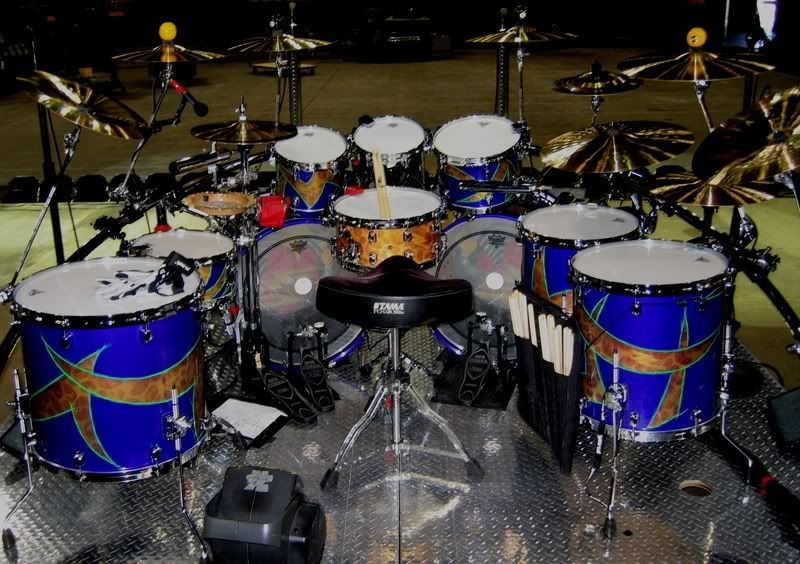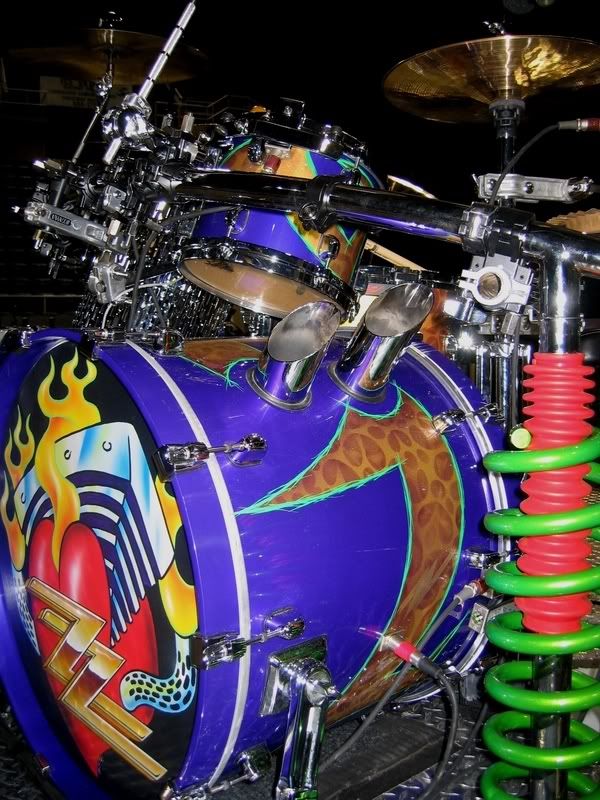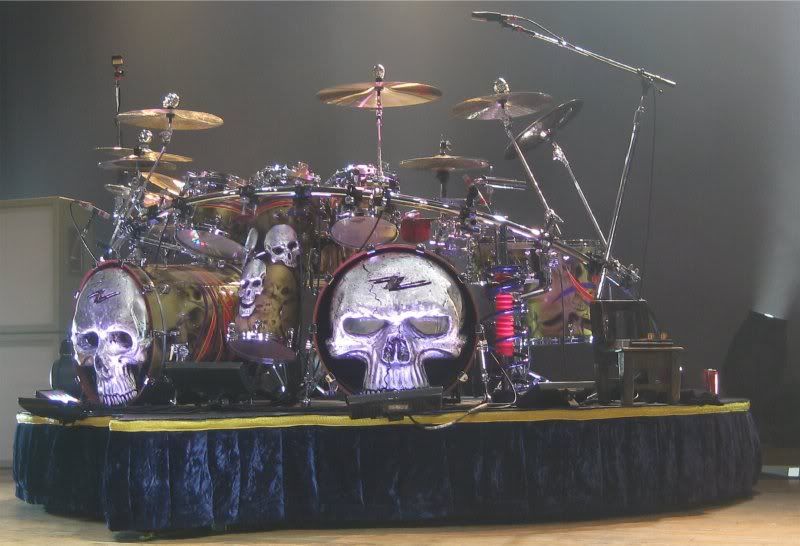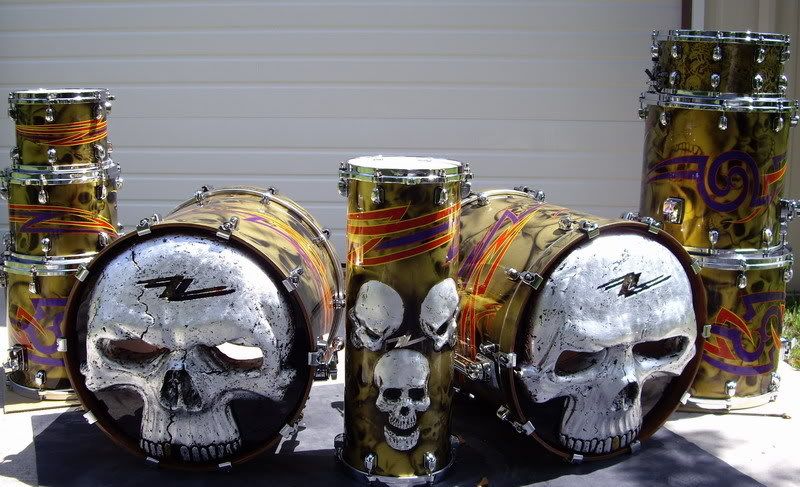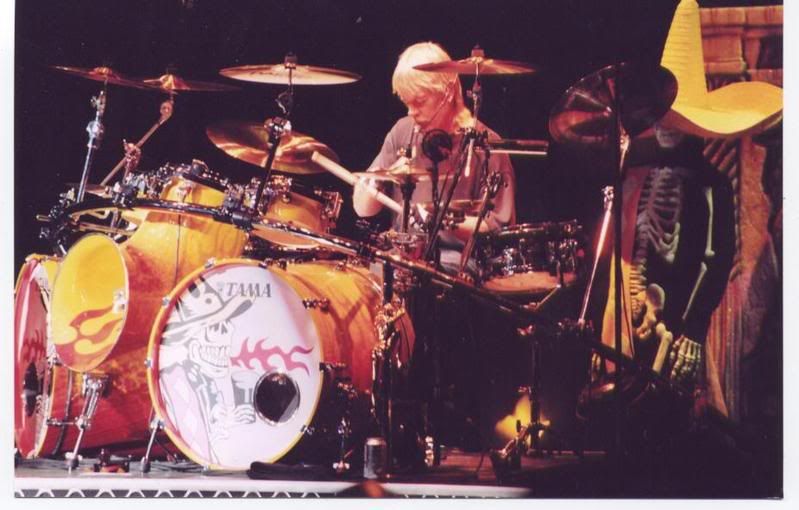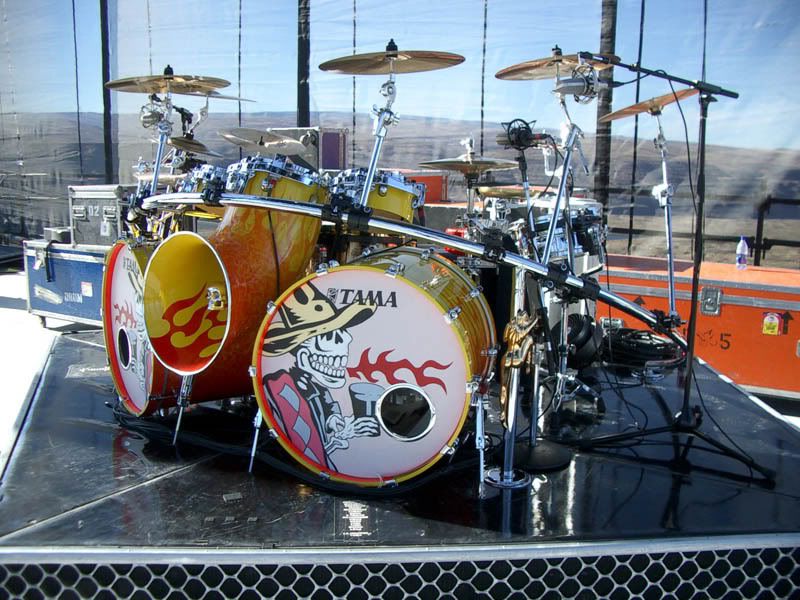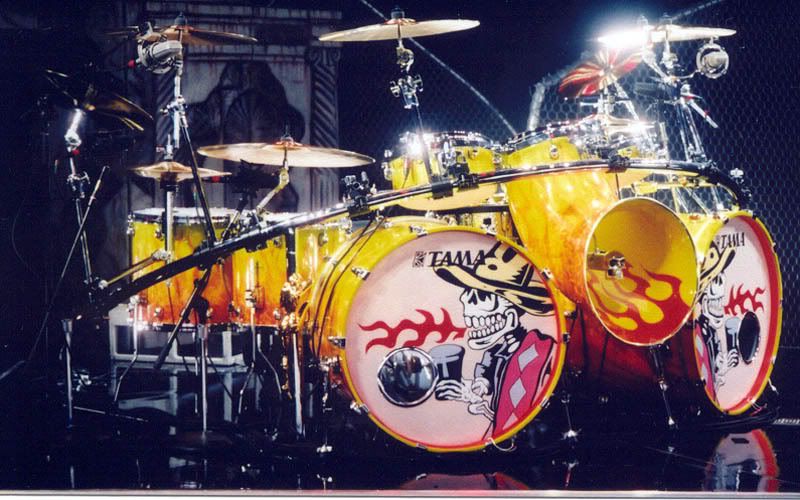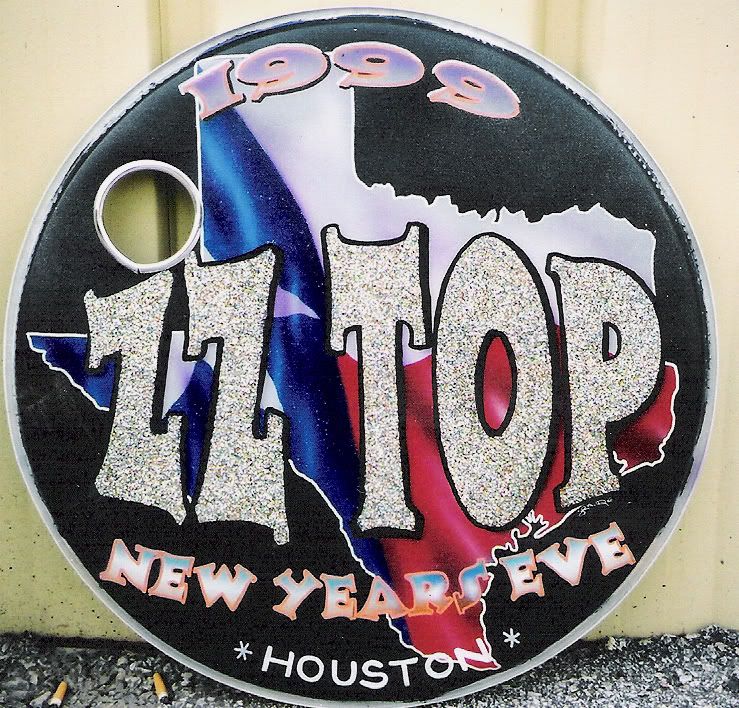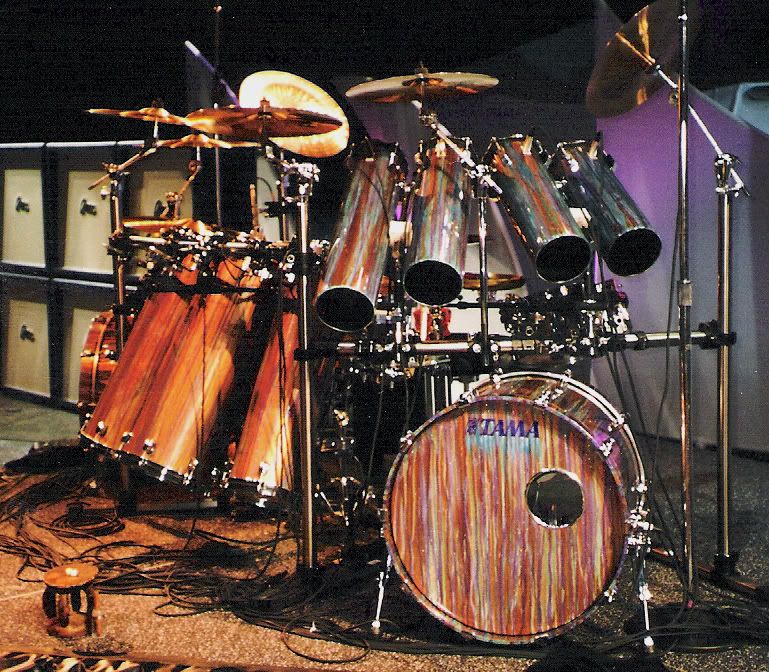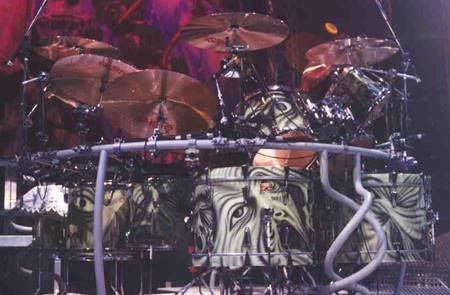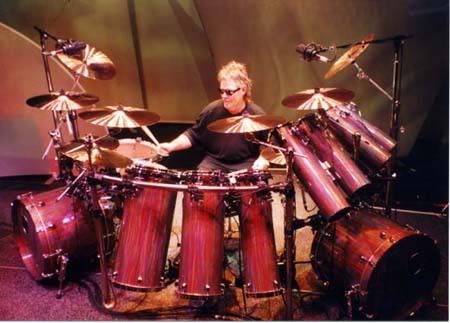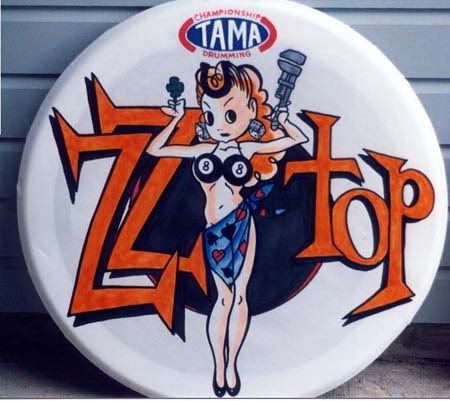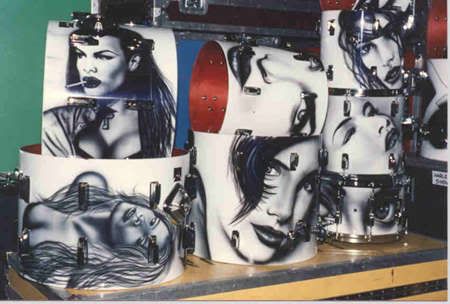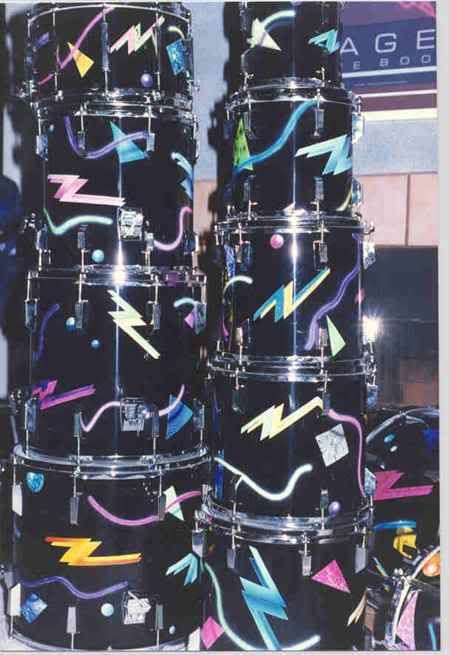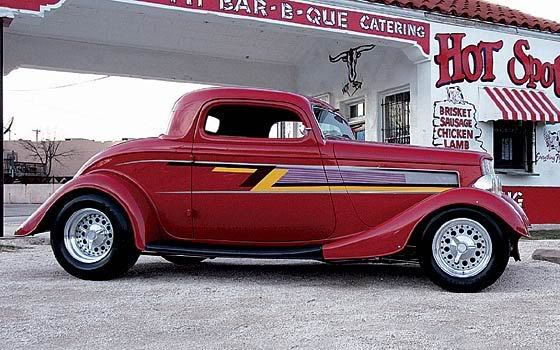Tom's Gearbox
Whether in Audioslave, Rage or solo as The Nightwatchman, here's the gear Tom keeps close by:
GUITARS
“Arm the Homeless” Frankenstein guitar
The body is a Kramer Pacer that was routed so that the Floyd can go up and down. It contains EMG single coils in humbucker housing, Ibanez Edge Floyd Rose Tremolo, toggle switch, and a locking nut on a 22- fret Kramer neck.
1982 Black American Fender Telecaster “Sendero Luminoso”
“Whatever It Takes” custom Ibanez Galvador Acoustic
A nylon string acoustic guitar used during concerts as The Nightwatchman.
Ibanez Custom Talman
Three single coil pickups, an Ibanez Lo-Pro Edge Floyd Rose Tremolo, and the killswitch. He noticed that the guitar made a weird noise when the middle pickup was selected and the noise could be manipulated with the tone knob. Ibanez built him a new guitar with that internal noise.
AMPS + CABS
Marshall JCM 800 2205 50-watt head
Peavey 4x12 cabinet
PEDALBOARD
DigiTech Whammy WH-1 (original)
DOD FX40b Equalizer
Jim Dunlop Crybaby Wah
Boss DD-2 Digital Delay
Boss TR-2 Tremolo
MXR Block Phase 90 Phaser
Ibanez DFL Flanger
Voodoo Labs Pedal Power 2



